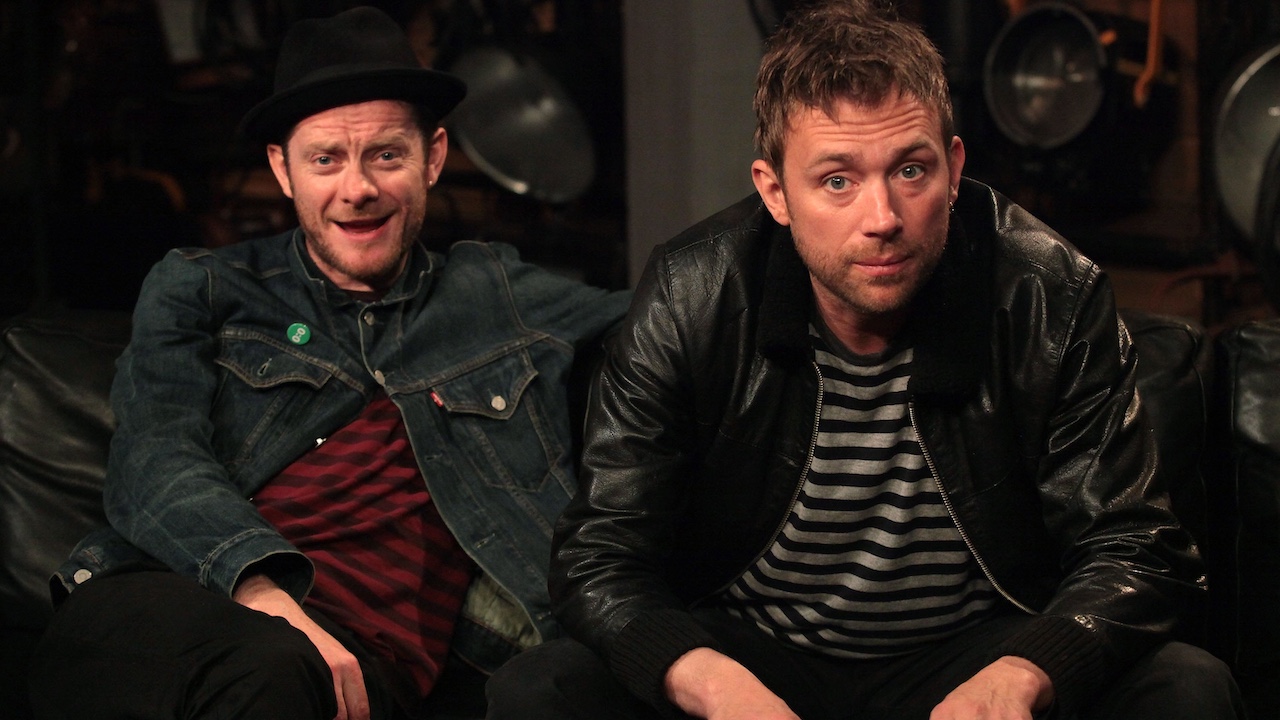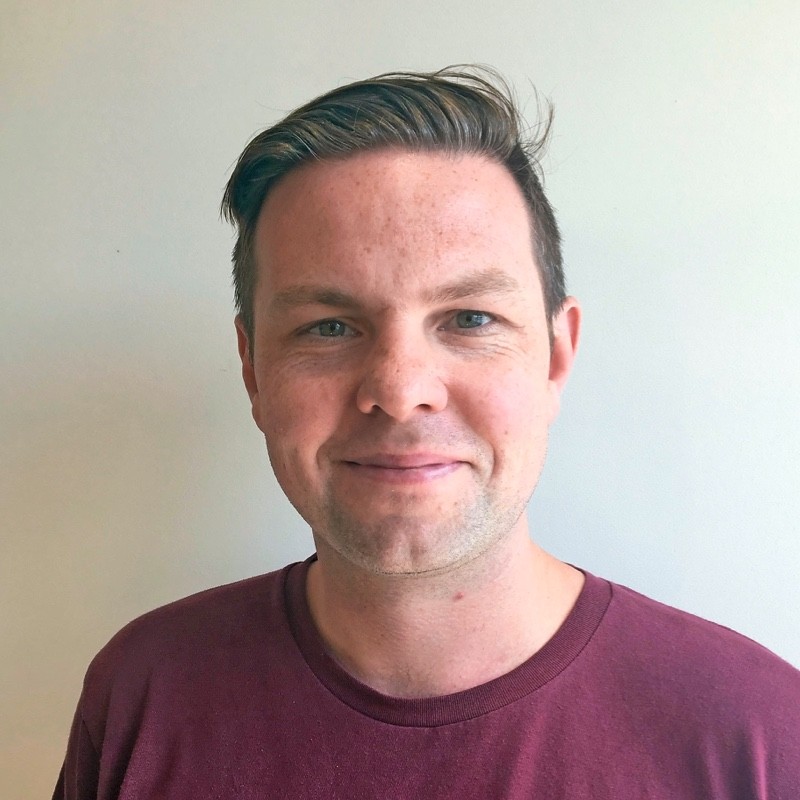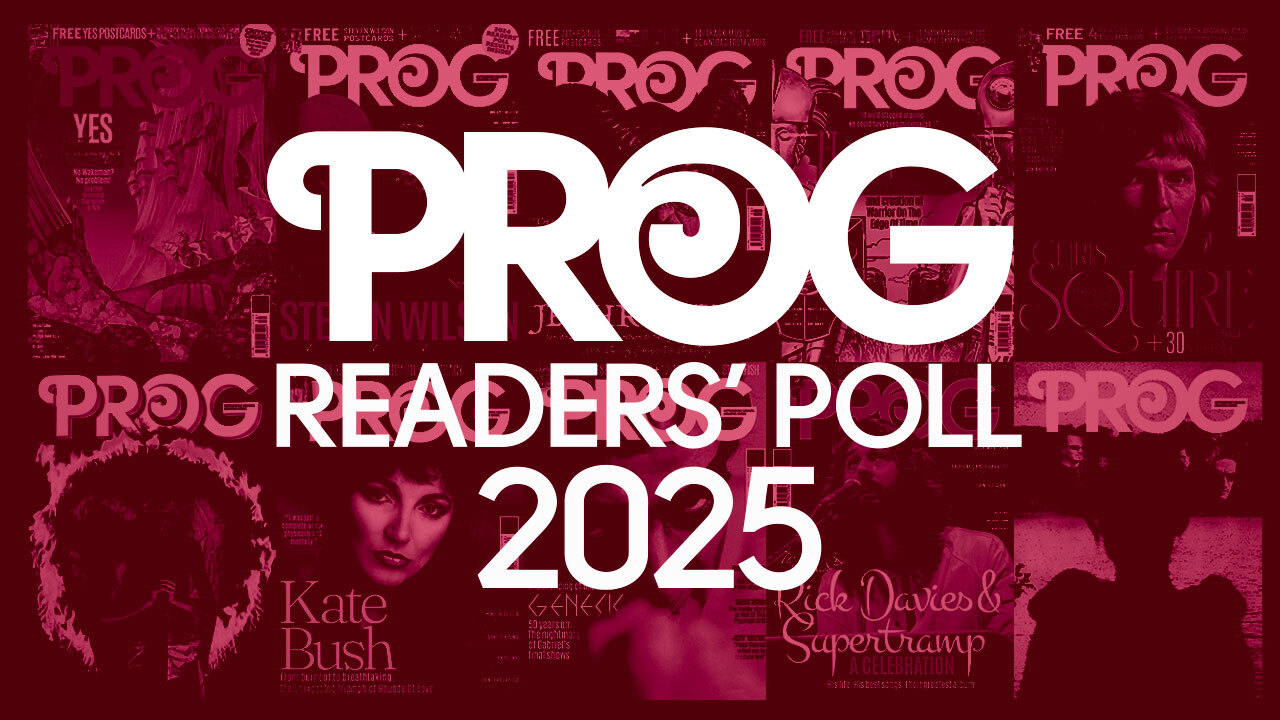“Damon Albarn was like a living ATM. You’d press a button and a hook would come out of him”: how the Blur frontman altered the course of his career by forming Gorillaz
Diving into the beginnings of Gorillaz, Damon Albarn’s virtual pop side-project that became even bigger than Blur

It’s odd to think now that when Damon Albarn launched Gorillaz at the beginning of the ‘00s, the Blur frontman wasn’t even considered the most adventurous member of his own group. That title fell upon the freewheeling art-rock guitar exploits of his bandmate Graham Coxon, despite the fact that Albarn was instrumental in the explorative sounds at the heart of Blur’s most recent album 13, released in 1999.
But in 2001, Albarn set out a follow-your-muse, do-what-you-want stall that has guided his buccaneering approach to making music ever since. Blur had almost broken up during 13 (they only managed to put it off for one more record) and the singer and songwriter, coming off the back of a relationship split with Elastica’s Justine Frischmann, had moved in with his pal Jamie Hewlett, the artist co-responsible for the iconic comic book Tank Girl. This is where the pair had the idea – odd at the time and still pretty odd now – to come up with the world’s first virtual band.
“We’d spent hours watching MTV and wondering why everything on it was so terrible,” Hewlett recalled to Q Magazine in 2020. “I think Damon was tired of being the frontman of Blur, and I was just aghast at how boring most pop groups were when they were interviewed. So we said, ‘Let’s make up a fake band’.”
Gorillaz was born. Albarn explained that one of the key reasons behind the initial reason to form a cartoon band was to remove themselves (or more accurately, himself) from the music but that prime directive was derailed pretty quickly when they started releasing music. “Kids who like Gorillaz don’t care who’s behind it,” stated the Blur frontman. “They just like the music and the characters. It isn’t a cartoon jokey band. We did set out with very noble intentions to be completely anonymous but as soon as the first EP came out, it was like, ‘Oh, that’s Damon’s vocals’.”
Not that it harmed the cause – the band’s self-titled debut album, released in March 2001, sold over seven million copies. All of a sudden Albarn’s spin-off band was bigger than his own band. Perhaps that was because the music Gorillaz were making - hip-hop meets electronic-rock meets dubby grooves and unashamedly catchy choruses – was imbued with a freedom that Albarn didn’t have with Blur, who were having a little trouble navigating their post-Britpop years. Bay Area producer Dan The Automator remembered Albarn being constantly creative during recording sessions in Jamaica.
“Damon would do the lyrics right before a take,” he said “Either he’d write a little bit down on a bag or something or he’d do it stream of consciousness. We always thought he was like a living ATM – you’d press a button and a hook would come of him.”
For Albarn’s part, he felt that the project helped everyone involved embrace their more artistic and daring side. “Everybody who contributed to that album felt a little bit more confident in ways they’d not tried before,” he reckoned. “The results speak for themselves.”
The spirit of trying new things is streaked across every Gorillaz release since – there have been seven more records since Gorillaz but their debut still holds its own. Here's one of its most defining songs:
The latest news, features and interviews direct to your inbox, from the global home of alternative music.
Niall Doherty is a writer and editor whose work can be found in Classic Rock, The Guardian, Music Week, FourFourTwo, Champions Journal, on Apple Music and more. Formerly the Deputy Editor of Q magazine, he co-runs the music Substack letter The New Cue with fellow former Q colleague Ted Kessler. He is also Reviews Editor at Record Collector. Over the years, he's interviewed some of the world's biggest stars, including Elton John, Coldplay, Radiohead, Liam and Noel Gallagher, Florence + The Machine, Arctic Monkeys, Muse, Pearl Jam, Depeche Mode, Robert Plant and more.


